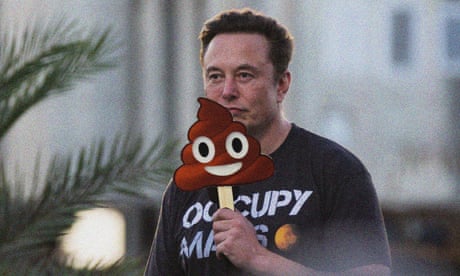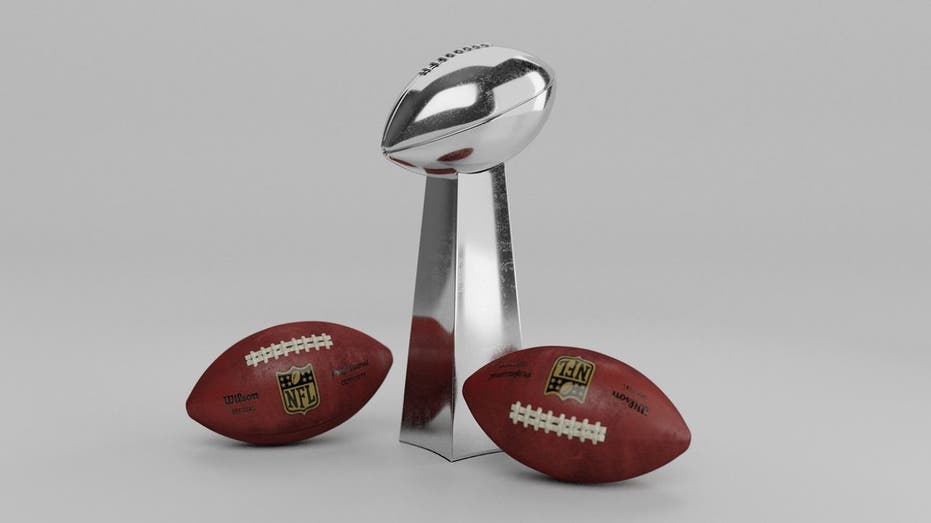- by foxnews
- 04 Feb 2025
Twitter’s been sending press the poop emoji. Why does Musk love it so much?
Twitter’s been sending press the poop emoji. Why does Musk love it so much?
- by theguardian
- 26 Mar 2023
- in technology

How would Twitter describe its own relationship with the media?
With a poop emoji.
That was the company's seemingly on-the-record reply to an emailed question from the Guardian. To be fair, it's now the automatic reply to any inquiry directed to press@twitter.com, as Elon Musk announced on Sunday - presumably forcing many journalists to resist asking how he would describe himself.
Why, exactly, does a 51-year-old man appear to be stuck in Freud's anal stage? Psychoanalysts contacted by the Guardian seemed reluctant to weigh in, but it comes as little surprise to Magdalena Wojcieszak, a professor of communication at the University of California, Davis. Musk, she says, is wooing supporters by employing the language of populism.
It's "an indicator of this deeper trend of trivialization of public and political discourse in the United States", Wojcieszak says. "One of the aspects of populist discourse and populist politicians or populist rhetoric is simplicity. It's the appeal to the common folk, anti-intellectualism, anti-elitism." That's in line with Musk's longstanding persona as an unconventional businessman with a penchant for bluntness.
The emoji feeds into an "us v them" mentality, Wojcieszak notes - "the good, virtuous us, the ones who are - in the case of Donald Trump, for instance - the real Americans, the patriots, and Musk is feeding into that." In the eyes of his allies, he's mocking the "them", the perceived leftists in universities and the media, who might never recover from their exposure to a cartoon image of feces with eyes.
Musk's own political affiliations can be difficult to decipher; he has described himself as a centrist and voiced support for both major US parties. As Jeremy Peters wrote in the New York Times last year, he "seems more spiritedly anti-left than ideologically pro-right". Still, his recent tweets and actions - including sitting with Rupert Murdoch at the Super Bowl and showing off the gun on his bedside table - feel clearly aligned with conservatives.
That might not be bad for business, according to Wojcieszak. Before the Muskification of Twitter, many on the right perceived it to be biased against them. His attempts to own the libs might be helping to bring them back, even if it costs the platform some lefty users. And because there are few alternatives to Twitter, Wojcieszak says, many of those who disagree with Musk have stuck around. Plus, even if the libs hate what he says, stunts like this bring plenty of press attention, Wojcieszak points out. "Free coverage is good coverage," she says.
Whether his apparent strategy to win new users is working isn't clear. In November, about a month after Musk bought Twitter, independent research showed evidence of growth in the US, though the overall picture was murky. A study released in January, however, showed an overall decline in US users - with Democrats quitting at higher rates than Republicans or independents.
Should we expect other companies to follow Musk's lead? Will Facebook respond to critical inquiries with an iron-fist emoji? Will Sotheby's employ the barfing face? Will Amazon use a gif of Jeff Bezos's rocket? It's all unlikely, says Wojcieszak.
"It's very risky for most companies who cannot afford that kind of bold move," she says. Musk can because he's so rich - "but also because he's not only a businessman, he's a public figure. So that generates publicity for him."
- by foxnews
- descember 09, 2016
Travelers flock to top religious landmarks deemed 'most Instagrammable'
Travelers visiting religious landmarks across the world may see a photo opportunity that's worthy to share on social media. Here are 10 popular spots, plus some attractions in the U.S.
read more





